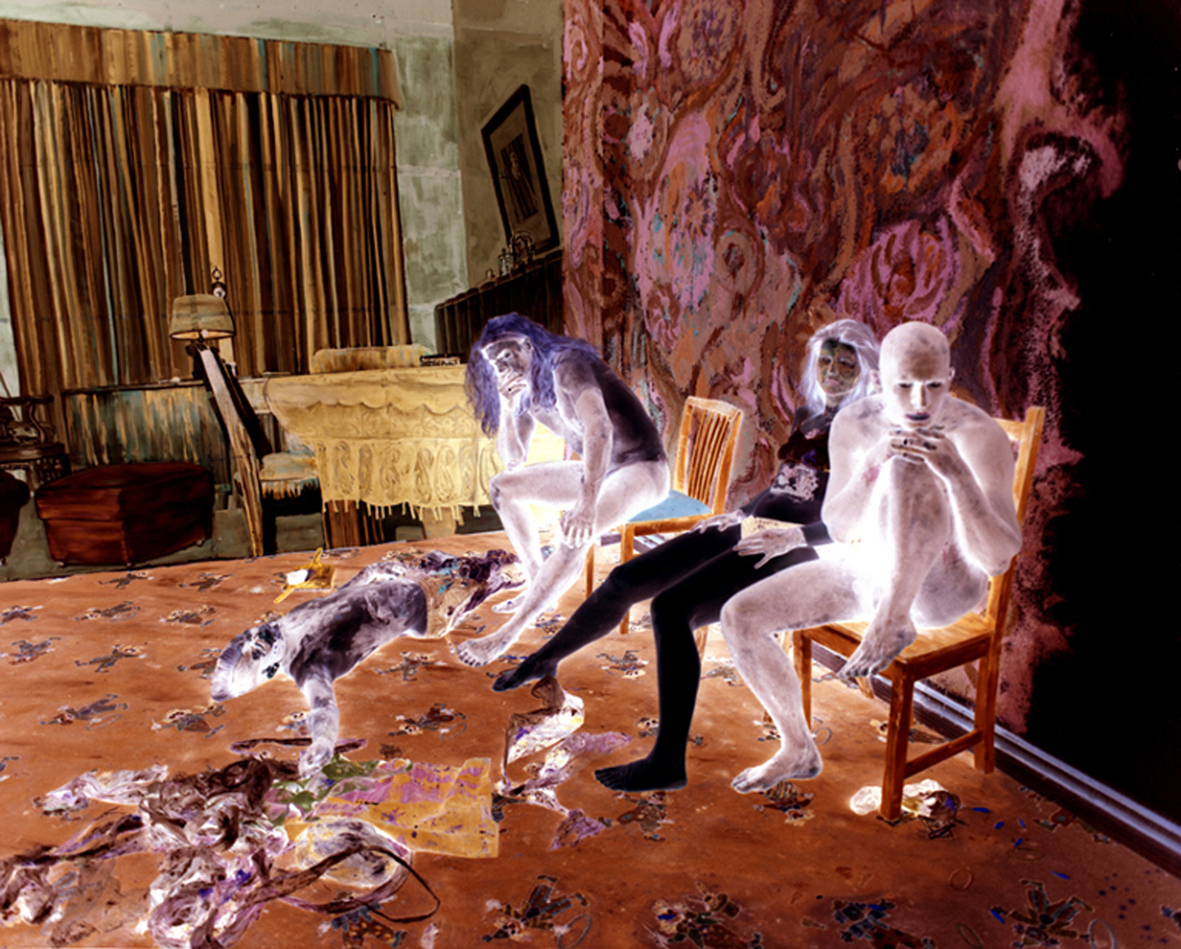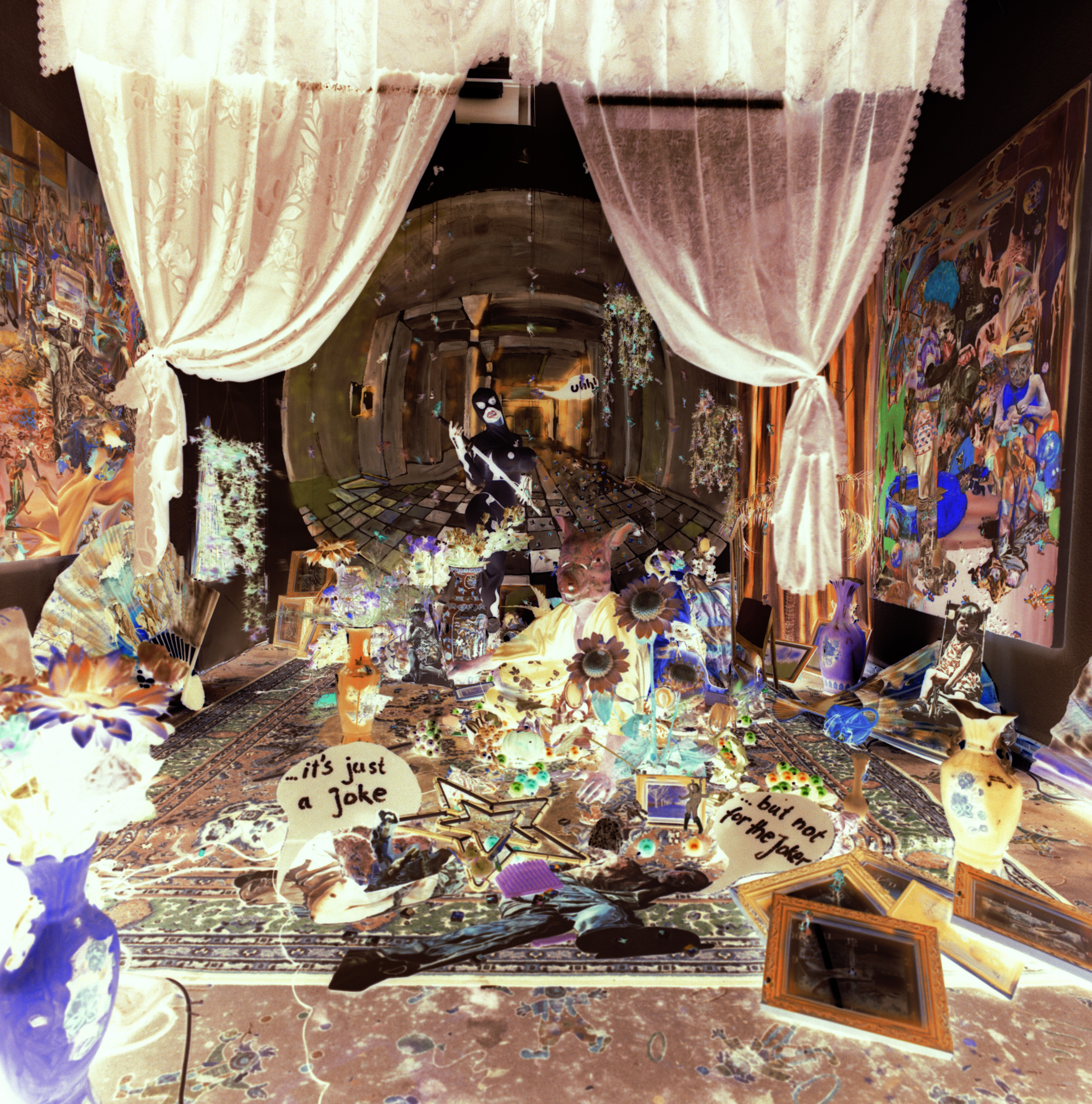What Would You Say About Conceptual Art In Terms If Social Sculptures Are Painted Or Afterimage?
In the case of social sculpture which was first coined by German artist Joseph Beuys the concept of "conceptual framework" refers to the fundamental ideas, principles and concepts that guide and define an art work. Social sculpture broadens the definition of art to encompass more than traditional forms of art like painting or sculpture.
Original Painting Techniques:
The original painting technique refers to old-fashioned methods of painting which usually involve the application of paints using brushes or other instruments. In the context of social sculpture, the original technique of painting is seen as a starting point--a foundation upon which an artist can build their conceptual framework.
Afterimage:
Afterimages are visual representations that persist after a stimulus is removed. In the realm of art, the afterimage can be utilized to make optical illusions or to convey more profound ideas and concepts.
Now you can apply these ideas to the message that the artist wishes to communicate.
The artist may be exploring the idea that memory persists and is able to change. The artist could invite viewers to investigate the ways that art shapes perception and memories by utilizing the original technique of creating an image that leaves an impression.
The ideas that might have been incorporated in the conceptual framework of this piece of artwork include:
Memory and Perception - The afterimage left by the painting symbolizes the persistence of memory as well as the long-lasting influence of art on our perception of the world.
Transformation - The first method is employed as a basis for the process and an afterimage can alter the perspective of the viewer. It creates an optical illusion that challenges the viewer's understanding of reality.
Social Commentary - In the framework of social sculptures the art work can also be used as a form of social commentary. It invites viewers to consider the ways in which art shapes their understanding of society and culture.
The goal of the artist might be to create an artwork that does not just challenge our notion of reality, but also entices us to consider the power of art to transform in shaping our collective consciousness. Check out the top cool training about london artwork for website advice including art of printing, printmaking artists, arty london, art ai, art has, arts in painting, artistic images, installation artworks, drawings for people, artwork photography and more.

Image courtesy of artists-anonymous.co.uk. Please visit
What Do You Think Of The Interactions Between People In The Paintings And Conceptual Work?
In evaluating the interaction of viewers and participation in paintings and concept art, it is important to think about the many ways in which the artwork entices viewers to take part in the creation and interpretation of the artwork. What is the relationship of this interaction to the social-sculpture component of the piece?
Participation or interaction with the viewer in conceptual paintings and other afterimage art invites viewers to be actively involved rather than passively watch the artwork. This could involve physical interaction by shifting around the artwork to see it from various perspectives, and also emotional and intellectual engagement for instance, contemplating its meaning and significance.
Multisensory Experience
Multisensory experiences are created through the interaction of viewers and their participation. This stimulates the senses of the viewers, as well as their emotions. The artwork uses elements like texture, color and optical effects that appeal to the viewers' cognitive comprehension as well as emotional responses.
Exploration and Discovery
Participation or interaction with the viewer encourages exploration by allowing them to actively investigate and discover hidden meanings and interpretations. This can involve deciphering optical illusions, identifying messages that are hidden, or taking in the artwork from various viewpoints.
Dialogue and discourse
Participation or interaction with the viewers can promote dialogue, by encouraging them to discuss their thoughts of their experiences, opinions and interpretations. This may take place in formal spaces, like talks at galleries and discussions with artists, as well as informal situations.
Community Engagement
Participation or interaction with viewers encourages involvement in the community through creating opportunities for collaboration and collective action. It could be through collaboration in art making, interactive installations, or participatory performances that gather people to discuss shared experiences and issues.
The empowerment of the individual, agency and
Interaction with or participation in the work gives them the power to exercise the viewer to shape their own experiences and interpretations. This may involve giving viewers the resources and tools needed to interact meaningfully with artwork, or encouraging them by sharing their thoughts and ideas.
Social sculpture
Participation or interaction by the viewer is a key element in the social sculpture aspect of the artwork by changing the viewer from a passive observer into an active participant in the design and understanding of the artwork. The boundaries are blurred between the creator, audience, artist and viewers. Viewers are invited to co-create the significance of the work.
In sum, viewer interaction as well as participation in the painting as well as conceptual work afterimage enhances the viewer's experience creates dialogue and discussion is a way to encourage community involvement, increases the number of viewers and contributes to the social sculpture aspect of the work by blurring the distinction between audience and artist, as well as encouraging viewers to become actively involved in the making and interpretation of the artwork. Check out the recommended home prints examples for blog examples including mirror paintings, london artwork, art by painting, contemporary artist, artistic prints, lúcifer painting, art uk, painting art, painting in art, arts in painting and more.

Image courtesy of artists-anonymous.co.uk. Please visit
How Can You Evaluate The Degree Of Engagement Of An Audience With Painting And Conceptual Art?
Analyzing the impact of an audience on conceptual art and painting involves reflecting on how the artwork engages the viewer, stimulates thought, encourages dialogue, and questions the notions of what we think we know. Here's how you can evaluate this aspect of artwork Interactive elements:
Identify interactive elements within the artwork to stimulate audience involvement. This could include afterimage effects like optical illusions or hidden messages.
Think about the ways these interactive elements stir the curiosity of the viewer and inspire viewers to look at the work further.
Invigorating thought and reflection:
Think about how an artwork can provoke thought and reflection in the viewer. Consider how it can make viewers re-evaluate their preconceived notions about their beliefs, assumptions, and values.
Be attentive to any elements of thematic or conceptual nature in the artwork that challenge conventional ways of seeing and interpreting.
The encouragement of dialogue and discourse
Explore how the art inspires dialogue and discussion among its audience. Examine how it fuels discussions and debates on its significance, meaning and impact.
Consider how art provides a platform for dialogue and ideas exchange, and fosters a feeling of community among the audience.
Challenge Preconceived Ideas:
Think about the ways that art challenges assumptions, beliefs and ideas among its viewers. It might offer different viewpoints or interpretations for viewers that question their perception of reality.
The attention is paid to the cultural and political commentary embedded in the art. It prompts viewers to challenge the status quo and to consider alternative perspectives.
Impact on Viewer Experience
Consider how the engagement of the viewers with the art alters the way that viewers perceive it. Consider how the art stimulates the senses, emotions and intellect of viewers, and prompts them to reflect on their assumptions, perceptions and assumptions.
Reflect on the ways that the artwork encourages discourse and dialogue regarding important social and cultural issues and how it encourages its viewers to look at different perspectives and theories.
Summary: In order to determine the degree of engagement by viewers in conceptual painting and afterimage artwork We must consider the way the artwork engages the viewer, provokes thinking, stimulates dialogue, and challenges preconceived ideas. Engaging with the artwork in this way we gain a deeper understanding of its significance and impact within the wider perspective of art in the present.
Comments on “Great Tips On Deciding On Conceptual Artistic Prints”